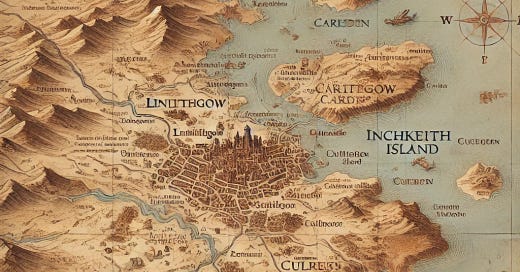Where was Bede's Lost City of Guidi?
The ancient city of Guidi, as referenced by the Venerable Bede in his 8th-century writings, remains one of Scotland’s most intriguing historical mysteries. Despite its mention in early texts, the precise location and significance of Guidi have been the subject of scholarly debate for centuries. Modern researchers, piecing together linguistic clues, archaeological finds, and historical records, have yet to definitively answer the many questions surrounding this lost city. In this post, we will delve into what is known about Guidi, its potential location, and why it continues to captivate historians and archaeologists.
Bede’s Mention of Guidi
The earliest reference to Guidi appears in Bede’s Ecclesiastical History of the English People (Historia Ecclesiastica Gentis Anglorum), completed in the early 8th century. Bede was a monk and historian whose works are considered some of the most valuable primary sources for early British history. He mentions Guidi briefly, referring to it as a city located near the northern boundary of the Anglo-Saxon kingdom of Northumbria, which stretched into what is now modern-day Scotland. This reference has fueled the quest for its discovery, as it suggests that Guidi was of considerable importance during the early medieval period.
Keep reading with a 7-day free trial
Subscribe to Tales of Forgotten Scottish History to keep reading this post and get 7 days of free access to the full post archives.




